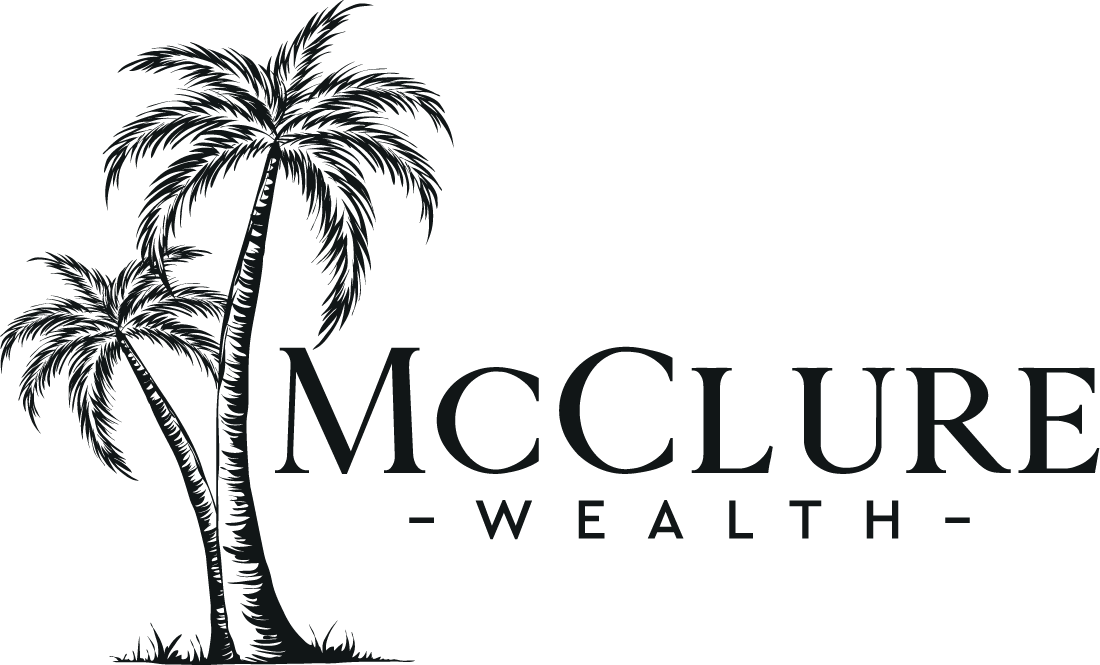Many of our clients come to us with very little experience in planning a business 401k. Most are first-time entrepreneurs that are too busy with the daily operations of their company and need to roll over savings from previous employers into a plan of their own.
We are here to help.
To help first-time entrepreneurs understand how to build a retirement plan for employees, we’ve compiled a quick summary of some key components to start a business 401K:
Understand Contribution Limits
How much do your employees want to contribute to their 401K? If you have high earners such as engineers, lawyers, or medical professionals working at your company, chances are they will want to contribute more to their retirement plan. For this reason, even if you are not over 100 employees, starting a 401K may be your best bet. Talk to us to find out more about creating a tax-advantaged business 401K for high-income earners.
Get a headstart on paperwork
Don’t wait until the last minute to start 401K paperwork and sign plan documents. Sometimes opening a business 401K can take a month or longer and employee disclosures need to be generated, among other documents. We recommend sitting down with your financial advisor to review all the 401K plan documents to understand eligibility, provider partners, disclosures, contribution limits, and filing requirements.
Consider Eligibility & Enrollment Options
Do you want your employees to have a self-directed brokerage option? How often should the enrollment window be open to allow your employees to sign up for the retirement plan? How many hours of service are required before an employee is eligible to enroll in the plan? All of these questions need to be answered to create, open, and prepare the 401K plan documents. Working with a financial advisor with a lot of experience and knowledge in business 401Ks is important so you build the right plan.
Decide which type of plan best suits your firm
If your firm has less than 100 employees, you can choose between a SEP-IRA, SIMPLE-IRA and a company sponsored 401(k) plan. If you have more than 100, you’ll want to sponsor a 401K.
Here are some of the main differences between the most common retirement plans:
- SEP IRA – This is a Simplified Employee Pension (SEP) and it’s most suitable and common for self-employed business owners. All contributions in a SEP are employer contributions; as the business gains employees, this could be expensive. This year, in 2019, company owners can contribute up to $56,000, or 25% of their income, to a SEP IRA. This plan has little to no administration required, low fees, and there is no Third Party Administrator (TPA) required.
- SIMPLE IRA – This is a Savings Incentive Match Plan for Employees. It is a straightforward plan for companies with 100 people or less. For 2019, contribution limits younger than 50 is $13,000 and employees 50 and older have a $16,000 contribution limit. An annual tax filing of Form 5500 is not required with the SIMPLE.
- 401K PLAN – This is a company-sponsored plan where employees can contribute up to $19,000, as long as the company contributes as well. Companies with more than $500,000 in total payroll most often choose this option. A 401K is a much more flexible option for companies who might change the contribution match, waiting periods, eligibility criteria. This type of plan requires a TPA or third party to do the administration work, and is a little bit more expensive but can be quite a bit more flexible. This is why larger companies tend to prefer this option.
- Profit Sharing Plan – A profit sharing plan is a defined contribution plan, usually offered alongside a 401K, whereby the employer makes discretionary contributions to employees. The company decides year to year how much to contribute and this type of plan helps align employer and employees incentives. For the year 2019, the maximum contribution for a profit sharing plan is the lesser of 25% of compensation or $56,000. The compensation limit is $280,000, which is the amount of yearly income that may be accounted for when determining contributions. Employers my combine a 401K with a profit sharing plan.
- Defined Benefit Plan – A defined benefit plan is a company sponsored plan that guarantees workers a certain amount of money in retirement. The amount is determined by calculating a defined formula with factors such as length of service, age, and earnings. Normally, DB plans are funded solely by employer contributions. With a defined benefit plan, the employer is responsible for administration and related costs. In general, the annual benefit for a participant under a defined benefit plan cannot exceed the lesser of: 100% of participants average compensation for their highest 3 consecutive calendar years or $225,000 for 2019.
Talk to the right people
Most 401K these days can be set up with automatic enrollment, deductions and filling. If someone is trying to sell you a business 401K service that makes it seem more difficult to maintain a 401K, perhaps consider other financial advisors that are willing to take the time to help you design the right plan and be benchmarked by third party providers.
Identify Providers
One of the most stressful times of year is tax season, but it doesn’t need to be. Clients are often relieved to find out that we work with their CPA and accounting team to reconcile discrepancies that may arise between contributions, tax expenses, write-offs, and other business and personal related expenses.
Thinking about starting a 401K for your business? Give us a call at McClure Wealth to speak with a financial advisor about your company’s retirement plan needs. We have more than 25 years of experience building business 401Ks for entrepreneurs and businesses of all sizes. Contact us to learn more and start helping your employees save for retirement today.





